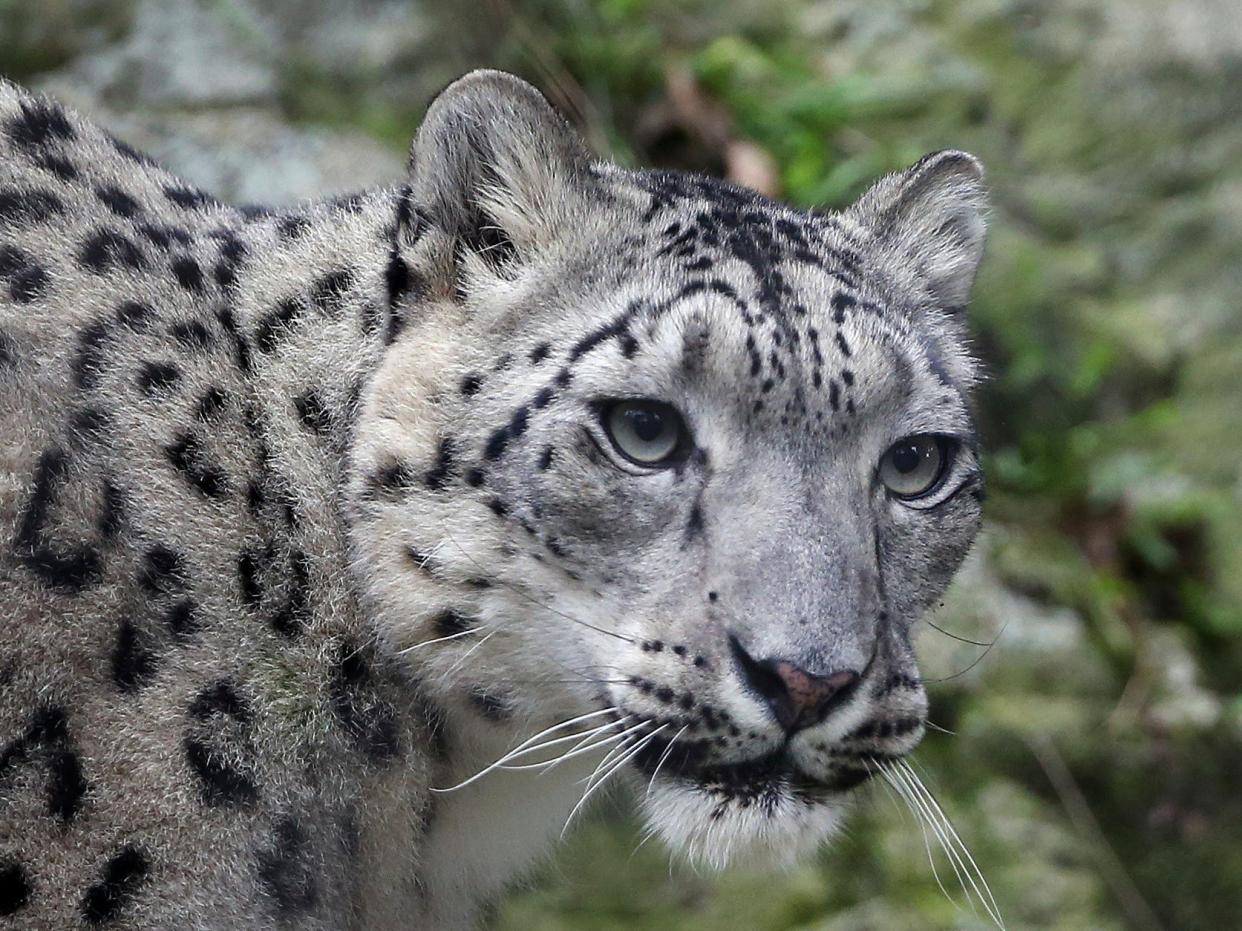The US has the second-highest number of endangered species. California, Florida, and Arizona lead the nation in threatened creatures.

The US is second behind Indonesia for the number of endangered species, according to a new report.
Among US states, California, Florida, and Arizona have the most threatened species.
The report draws its data from a conservation group's Red List of Threatened Species.
The US has the second-highest number of endangered species in the world — behind only Indonesia, according to a new report.
California, Florida, and Arizona held the top spots in the US for most endangered species: The Golden State had 18, followed by 13 in the Sunshine State, and seven in the Grand Canyon State.
The US total of 1,178 endangered species includes 43 mammals and 284 types of fish. The analysis from cats.com relied on data from the International Union for Conservation of Nature, which is known for its Red List of Threatened Species.
Globally, the biggest driver of species being pushed to extinction is humans' production of annual and perennial crops other than timber, the report found. These practices are the main obstacle that more than 250 species face, it said.
Other threats include livestock farming and ranching, as well as logging.
The report also flagged that insects have seen a big jump in threats since 2017 because of use of pesticides and lost habitat. That might seem like welcome news for people heading outdoors, but the drop is worrying scientists because insects make up the base of many food webs. And insects, the report noted, are essential for helping decompose waste and that without their presence, many other species that depend on them could be endangered.
Among wild cats, snow leopards — with a population of just under 3,400 — are most endangered, the report found.
There was one bit of good news: The global threat to birds decreased 4.7% from 2017 to 2022, according to the methodology cats.com used in its analysis.
The International Union for Conservation of Nature's Red List includes some 150,000 species; of those, more than 42,000 could face extinction.
In December, the group, whose members include government bodies from various countries, called attention to the dugong, a marine mammal; types of marine snails called abalones; and certain Caribbean coral. The IUCN's announcement came during a United Nations meeting on biodiversity.
Jane Smart, head of IUCN's Centre for Science and Data, told the Associated Press in December that saving species will require political will but that the group's list can help galvanize action.
"The news we often give you on this is often gloomy, a little bit depressing, but it sparks the action, which is good," Smart said to the AP.
Read the original article on Business Insider

